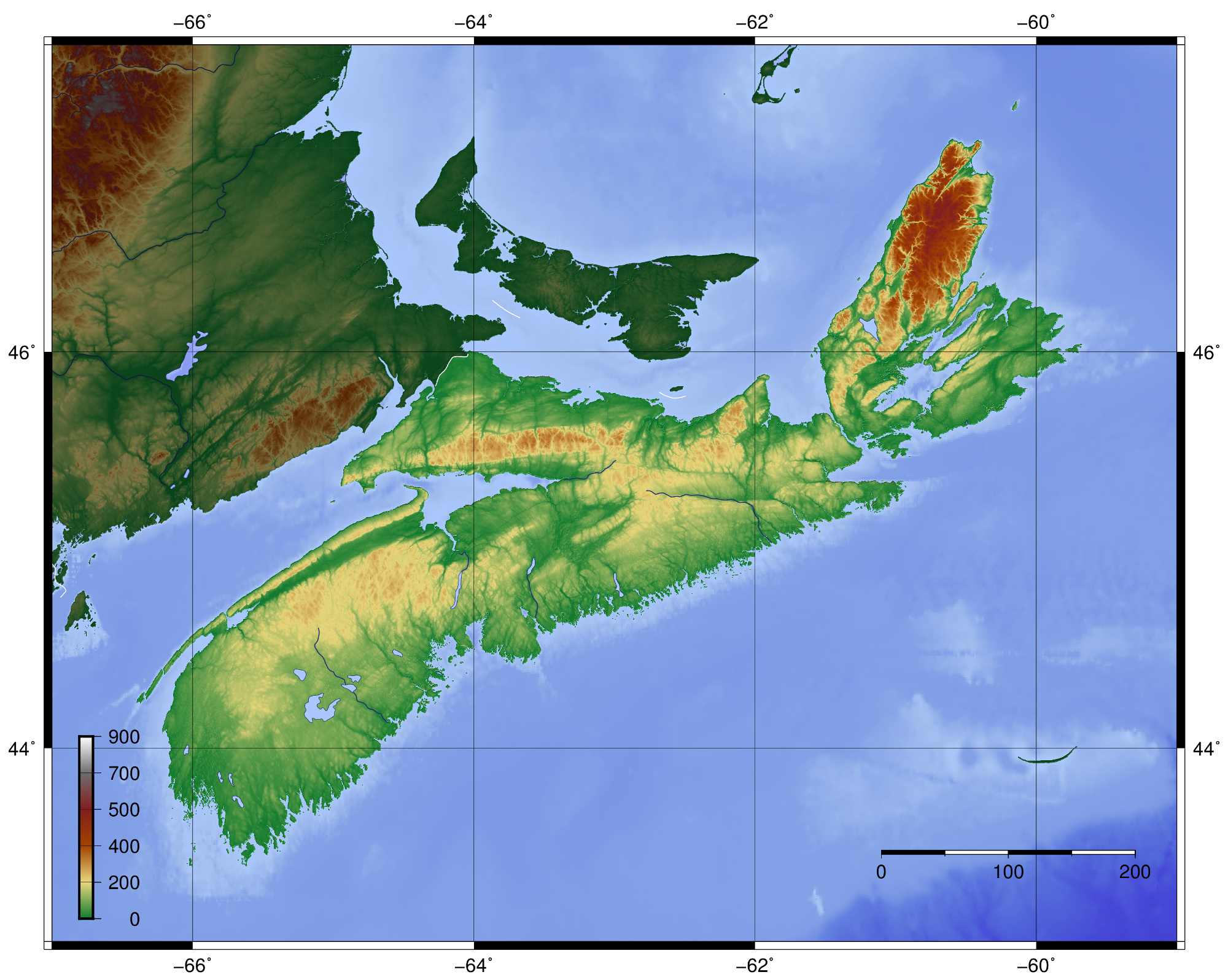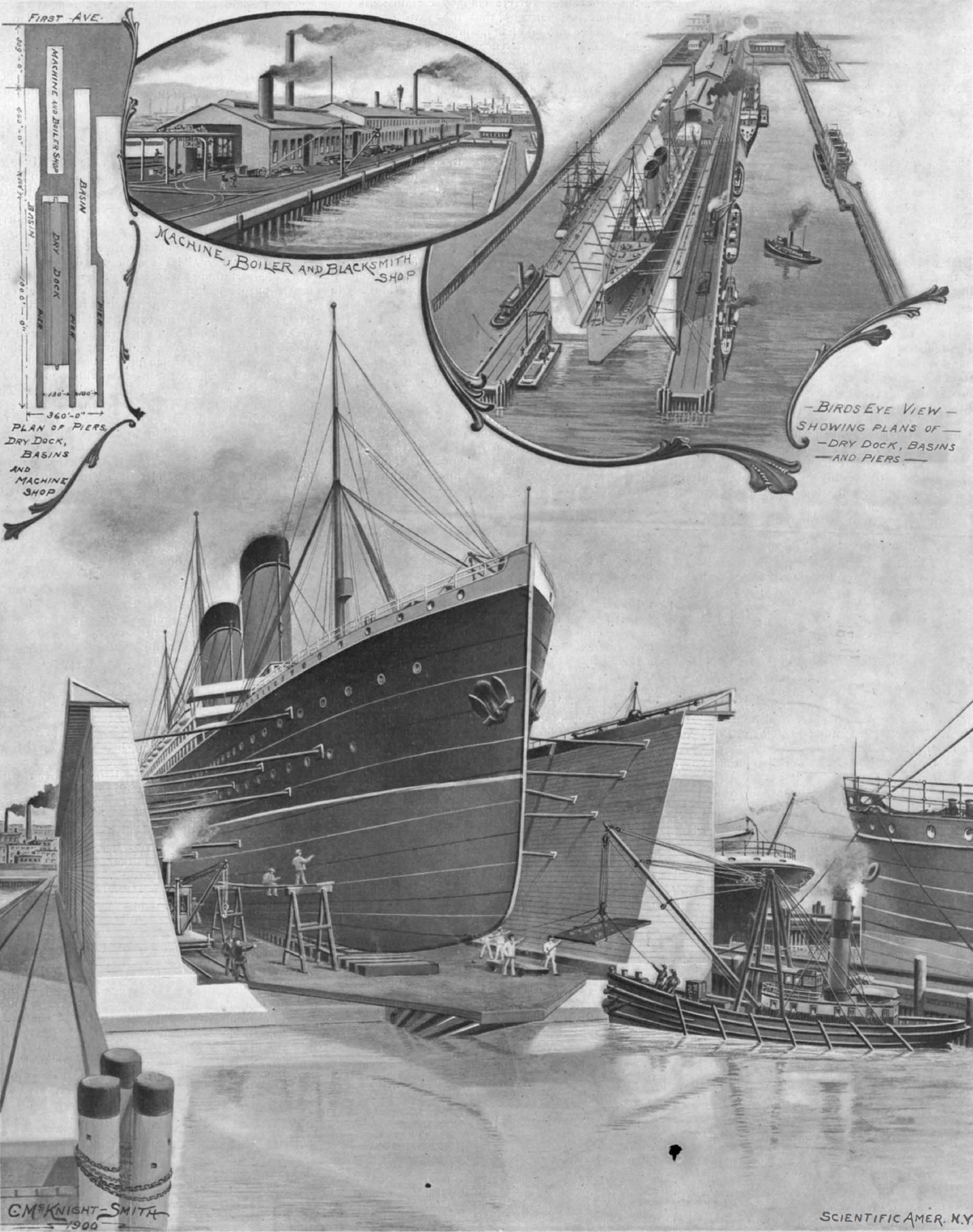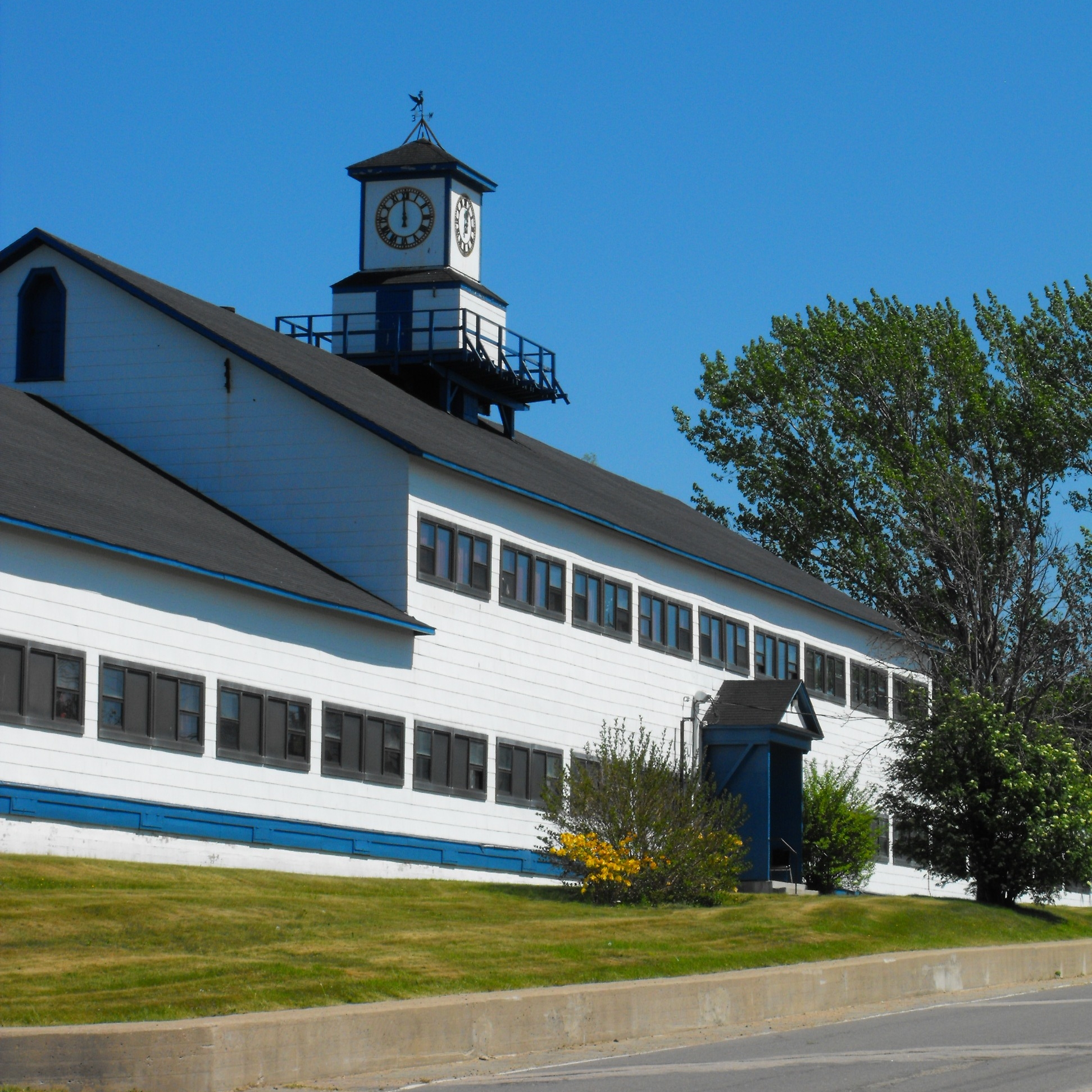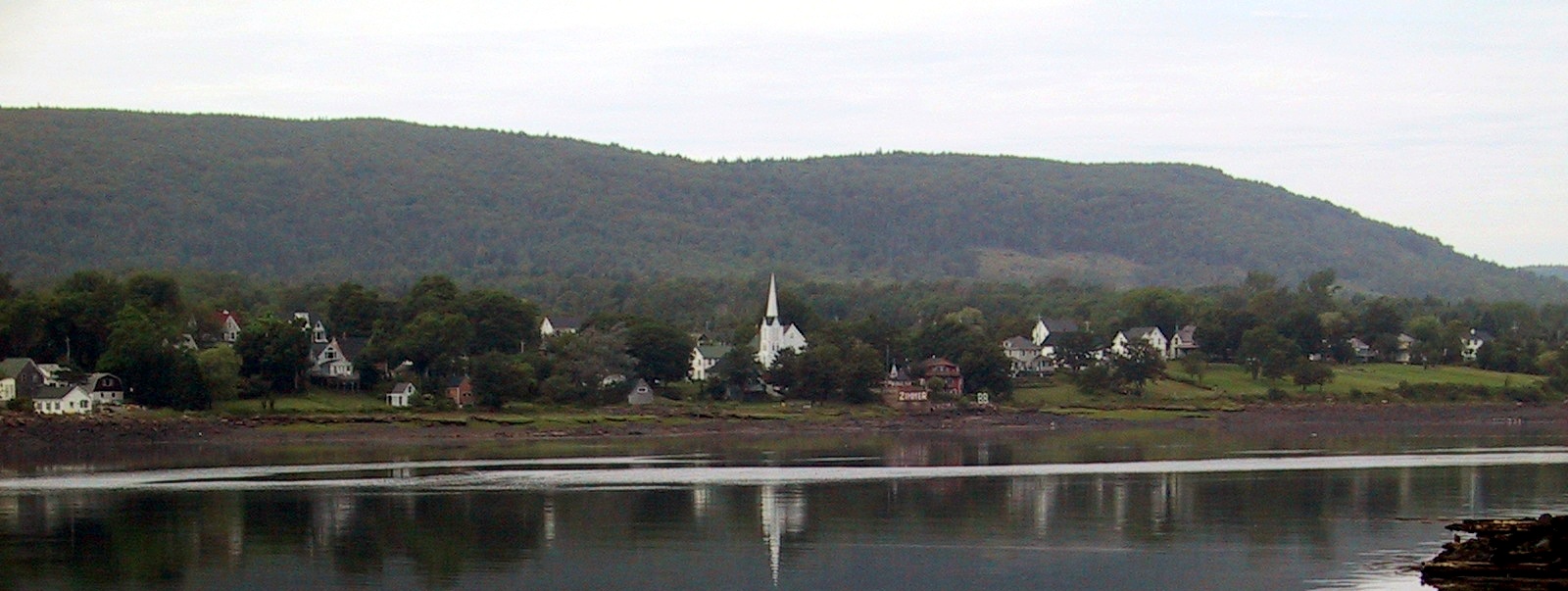|
Clementsport, Nova Scotia
Clementsport is a community in the Canadian province of Nova Scotia, located in Annapolis County. It is on the southern shore of the Annapolis Basin and is on Nova Scotia Trunk 1. The village was established originally as Clements Township by United Empire Loyalists from Long Island, NY, who came to the region at the end of the American Revolution, c. 1785. Its original boundaries extended southwest to the Bear River, south to what was originally called the Hessian Line and is now the Clementsvale Road, and northeast as far as Allain's Creek at the edge of Annapolis Royal. This area included what is now the village of Deep Brook, the village of Cornwallis Park Cornwallis Park is a rural community in Annapolis County, Nova Scotia, Canada. As of the 2021 census, the population was 488, an increase of 1.9% from 2016. History The community is located on the western edge of Clementsport and immediately ... on the site of the former CFB Cornwallis, and Upper Clements P ... [...More Info...] [...Related Items...] OR: [Wikipedia] [Google] [Baidu] |
Nova Scotia
Nova Scotia ( ; ; ) is one of the thirteen provinces and territories of Canada. It is one of the three Maritime provinces and one of the four Atlantic provinces. Nova Scotia is Latin for "New Scotland". Most of the population are native English-speakers, and the province's population is 969,383 according to the 2021 Census. It is the most populous of Canada's Atlantic provinces. It is the country's second-most densely populated province and second-smallest province by area, both after Prince Edward Island. Its area of includes Cape Breton Island and 3,800 other coastal islands. The Nova Scotia peninsula is connected to the rest of North America by the Isthmus of Chignecto, on which the province's land border with New Brunswick is located. The province borders the Bay of Fundy and Gulf of Maine to the west and the Atlantic Ocean to the south and east, and is separated from Prince Edward Island and the island of Newfoundland (island), Newfoundland by the Northumberland Stra ... [...More Info...] [...Related Items...] OR: [Wikipedia] [Google] [Baidu] |
Deep Brook, Nova Scotia
Deep Brook is a community in the Canadian province of Nova Scotia, located in Annapolis County. It is situated on the south shore of the Annapolis Basin and is on Nova Scotia Trunk 1. References Communities in Annapolis County, Nova Scotia {{AnnapolisNS-geo-stub ... [...More Info...] [...Related Items...] OR: [Wikipedia] [Google] [Baidu] |
Theda Bara
Theda Bara ( ; born Theodosia Burr Goodman; July 29, 1885 – April 7, 1955) was an American silent film and stage actress. Bara was one of the more popular actresses of the silent era and one of cinema's early sex symbols. Her femme fatale roles earned her the nickname "The Vamp" (short for ''vampire'', here meaning a seductive woman), later fueling the rising popularity in "vamp" roles based in exoticism and sexual domination. The studios promoted a fictitious persona for Bara as an Egyptian-born woman interested in the occult. Bara made more than 40 films between 1914 and 1926, but most are now lost, having perished in the 1937 Fox vault fire. After her marriage to Charles Brabin in 1921, she made two more feature films and then retired from acting in 1926; she never appeared in a sound film. Early life Bara was born Theodosia Burr Goodman on July 29, 1885 in the Avondale section of Cincinnati, Ohio. She was named after the daughter of US Vice President Aaron Burr ... [...More Info...] [...Related Items...] OR: [Wikipedia] [Google] [Baidu] |
Morse Dry Dock And Repair Company
The Morse Dry Dock and Repair Company was a major late 19th/early 20th century ship repair and conversion facility located in New York City. Begun in the 1880s as a small shipsmithing business known as the Morse Iron Works, the company grew to be one of America's largest ship repair and refit facilities, at one time owning the world's largest floating dry dock. In addition to servicing some of the finest steamships of the era, the company maintained many of the yachts of New York's elite business community, and also occasionally built small watercraft such as tugboats. During World War I, the company was heavily engaged in work for the U.S. government and military. In 1929, the company merged with five other major New York ship repair facilities to become United Dry Docks, Inc.—the largest company of its type in the world—with the former head of Morse Dry Dock, Edward P. Morse, as chairman of the board. United Dry Docks later changed its name to United Shipyards, ... [...More Info...] [...Related Items...] OR: [Wikipedia] [Google] [Baidu] |
Edward P
Edward is an English given name. It is derived from the Anglo-Saxon name ''Ēadweard'', composed of the elements '' ēad'' "wealth, fortune; prosperous" and '' weard'' "guardian, protector”. History The name Edward was very popular in Anglo-Saxon England, but the rule of the Norman and Plantagenet dynasties had effectively ended its use amongst the upper classes. The popularity of the name was revived when Henry III named his firstborn son, the future Edward I, as part of his efforts to promote a cult around Edward the Confessor, for whom Henry had a deep admiration. Variant forms The name has been adopted in the Iberian peninsula since the 15th century, due to Edward, King of Portugal, whose mother was English. The Spanish/Portuguese forms of the name are Eduardo and Duarte. Other variant forms include French Édouard, Italian Edoardo and Odoardo, German, Dutch, Czech and Romanian Eduard and Scandinavian Edvard. Short forms include Ed, Eddy, Eddie, Ted, Teddy a ... [...More Info...] [...Related Items...] OR: [Wikipedia] [Google] [Baidu] |
Bear River, Nova Scotia
---- Bear River is a small village situated at the head of the tidewaters of the Bear River. The river itself is the border between the Annapolis and Digby counties of Nova Scotia and thus, splits the village so that half the village is in Annapolis County and the other half in Digby County. The village is adjacent to the Bear River First Nation which administers the Bear River 6, 6A and 6B reserves. History Originally inhabited by the Mi'kmaq, the area was called "Eelsetkook", meaning "flowing along by high rocks." It was previously called "St. Anthony". It was also named "Imbert", after Simon Imbert, a Frenchman who commanded a relief ship for Port Royal in 1612. The name "Imbert" was gradually corrupted to "Bear". It is also occasionally referred to on maps as "Hillsburgh". This term is believed to be another corruption of "Imbert" or "Hebert", after Louis Hebert, an apothecary who accompanied Samuel de Champlain in 1604. Bear River was an important shipbuilding loc ... [...More Info...] [...Related Items...] OR: [Wikipedia] [Google] [Baidu] |
Upper Clements Parks
Upper Clements Parks was a seasonal theme park located in Upper Clements, Nova Scotia, Canada owned and operated by a non profit community group, The Upper Clements Parks Society. It was composed of two parks; Upper Clements Theme Park and Upper Clements Adventure Park. Upper Clements Parks was open daily from the beginning of June until the end of September. The park had a wooden coaster and a water coaster and over 40 rides and attractions. History Upper Clements Park was built by the province and opened in 1989 at a cost of $23 million. In 1993, in response to rumours that the park might be doomed to closure, a group of local businesses made a bid to run the park. However, a group of 16 businessmen from Hong Kong, under the name Amsdale Resources Management, were awarded a three-year lease instead. The Amsdale businessmen were motivated by fears surrounding the impending 1997 handover of Hong Kong from British to Chinese sovereignty, and their $500,000 investment in the park w ... [...More Info...] [...Related Items...] OR: [Wikipedia] [Google] [Baidu] |
CFB Cornwallis
Canadian Forces Base Cornwallis (also CFB Cornwallis) is a former Canadian Forces Base located in Deep Brook, Nova Scotia. It is situated in the western part of Annapolis County on the southern shore of the Annapolis Basin. Today most of the base is a civilian business park known as Cornwallis Park. HMCS ''Cornwallis'' The rapid expansion of the Royal Canadian Navy during the early years of the Second World War saw many port facilities on the east coast of Canada become quickly taxed by operational requirements, particularly during the Battle of the Atlantic. In early 1942, the Department of National Defence (DND) began examining the possibility of transferring naval recruit training to a new facility in southwestern Nova Scotia with convenient access to Halifax. DND preferred the South Shore port town of Shelburne with its large natural harbour and deepwater port under development since fall 1941 at (and an adjacent seaplane patrol base opened in spring 1942 at RCAF St ... [...More Info...] [...Related Items...] OR: [Wikipedia] [Google] [Baidu] |
Cornwallis Park
Cornwallis Park is a rural community in Annapolis County, Nova Scotia, Canada. As of the 2021 census, the population was 488, an increase of 1.9% from 2016. History The community is located on the western edge of Clementsport and immediately east of Deep Brook. It was formerly named Cornwallis after a military base was established as in 1942 and becoming CFB Cornwallis in 1968 (it was mothballed from 1946 to 1949). After CFB Cornwallis closed in 1994 the property was converted to civilian use. A local development authority used the name Cornwallis Park and this name was formally adopted for the community in 2000. Demographics In the 2021 Census of Population conducted by Statistics Canada, Cornwallis Park had a population of 488 living in 238 of its 258 total private dwellings, a change of from its 2016 population of 479. With a land area of , it had a population density of in 2021. Current developments Cornwallis Park was home to the Pearson Peacekeeping Centre' ... [...More Info...] [...Related Items...] OR: [Wikipedia] [Google] [Baidu] |
Annapolis Royal
Annapolis Royal, formerly known as Port Royal, is a town located in the western part of Annapolis County, Nova Scotia, Canada. Today's Annapolis Royal is the second French settlement known by the same name and should not be confused with the nearby 1605 French settlement at the Port-Royal National Historic Site also known as the Habitation. In 1629 Scottish settlers established Charles Fort at a new location, but it was ceded to France in 1632 and became the second Port-Royal. This newer French settlement was renamed in honour of Queen Anne following the siege of Port Royal in 1710 by Britain. The town was the capital of Acadia and later Nova Scotia for almost 150 years, until the founding of Halifax in 1749. It was attacked by the British six times before permanently changing hands after the siege of Port Royal in 1710. Over the next fifty years, the French and their allies made six unsuccessful military attempts to regain the capital. Including a raid during the Americ ... [...More Info...] [...Related Items...] OR: [Wikipedia] [Google] [Baidu] |
Canada
Canada is a country in North America. Its ten provinces and three territories extend from the Atlantic Ocean to the Pacific Ocean and northward into the Arctic Ocean, covering over , making it the world's second-largest country by total area. Its southern and western border with the United States, stretching , is the world's longest binational land border. Canada's capital is Ottawa, and its three largest metropolitan areas are Toronto, Montreal, and Vancouver. Indigenous peoples have continuously inhabited what is now Canada for thousands of years. Beginning in the 16th century, British and French expeditions explored and later settled along the Atlantic coast. As a consequence of various armed conflicts, France ceded nearly all of its colonies in North America in 1763. In 1867, with the union of three British North American colonies through Confederation, Canada was formed as a federal dominion of four provinces. This began an accretion of provinces and ... [...More Info...] [...Related Items...] OR: [Wikipedia] [Google] [Baidu] |
Public Archives Of Nova Scotia
Nova Scotia Archives is a governmental archival institution serving the Canadian province of Nova Scotia. The archives acquires, preserves and makes available the province's documentary heritage – recorded information of provincial significance created or accumulated by government and the private sector over the last 300 years. The idea for a provincial archives and a Provincial Archivist first took root on April 30, 1857 when a resolution was put forward in the Legislative Assembly (moved by Joseph Howe, and seconded by James W. Johnston), making it the first provincial archives in Canada. Thomas Beamish Akins, a lawyer, historian, archivist, and author, was appointed Nova Scotia's first Commissioner of Public Records from 1857 until his death in 1891. In 1931, the Nova Scotia Archives became the first provincial archives in Canada to have a purpose-built building. The Chase Building, designed by Andrew R. Cobb, still exists and is now home to the Math department of Dalhous ... [...More Info...] [...Related Items...] OR: [Wikipedia] [Google] [Baidu] |

_Publicity_Still.jpg)


.jpg)

